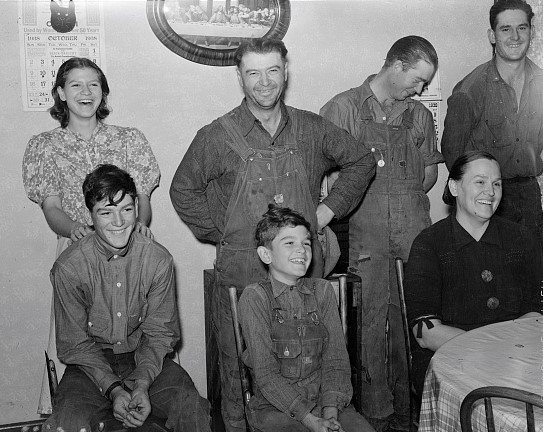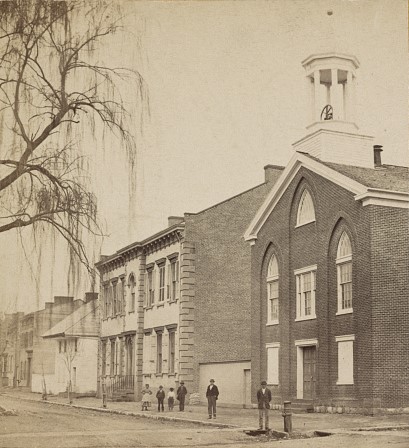German immigrants have been a cornerstone of America’s growth for more than three centuries. From the earliest religious pioneers in Pennsylvania to the industrious families who helped shape the Midwest, Germans journeyed to the United States seeking freedom, opportunity, and land of their own.
Today, millions of Americans claim German ancestry. Understanding the historical context of their migration is essential to uncovering your family’s unique story. This guide explores key immigration waves, settlement areas, popular occupations, and the records that can help you trace your German heritage.

The history of German immigration to the United States begins in 1683, when thirteen families of German Mennonites arrived and founded Germantown, Pennsylvania. This marked the first significant wave of German settlement in America and set the stage for centuries of immigration.
These early German settlers, later known as the Pennsylvania Dutch, were largely religious minorities escaping persecution in Europe. The term Dutch is a misinterpretation of Deutsch, the German word for “German.” Most came from southwestern Germany and Switzerland, drawn by the promise of religious freedom and land ownership.
During the 18th century, a variety of small German-speaking religious groups arrived in the central colonies, including Swiss Mennonites, Baptist Dunkers, Schwenkfelders, Moravians, Amish, and Waldensians. These communities primarily settled in Pennsylvania, which became the heart of early German-American life.By 1790, it is estimated that 100,000 Germans had immigrated to the United States, making up 8.6% of the total population. Their influence was evident in farming, craftsmanship, and the establishment of churches and schools.
The 19th century brought two major waves of German immigration driven by political unrest, economic hardship, and social change.
The first major surge occurred during the 1850s. Following the failed Revolutions of 1848, thousands of politically active Germans (known as the Forty-Eighters) fled to America. These immigrants were often well-educated and deeply involved in progressive causes, including the abolitionist movement.
Nearly one million Germans arrived during this decade alone, with over 200,000 arriving in 1854, making Germans one of the largest immigrant groups in American history at that time.
Another massive wave occurred in the 1880s, with nearly 1.5 million Germans immigrating during the decade. Religious and political upheaval, combined with economic difficulties in Germany, pushed families to seek better lives in the U.S. By 1890, approximately 2.8 million German-born immigrants were living in America, establishing vibrant communities and influencing local economies across multiple states.
As the United States industrialized, German immigrants became integral to urban labor forces. Many settled in major cities such as Milwaukee, Cincinnati, St. Louis, Chicago, and Cleveland, contributing to industries like brewing, manufacturing, and meatpacking.
During this period, German-language newspapers, churches, and social organizations flourished, helping immigrants maintain cultural ties while adapting to their new homeland.
After World War II, German immigration shifted to smaller numbers, often consisting of displaced persons, war brides, and skilled professionals. This period saw a different pattern of migration, with individuals joining established German-American communities rather than forming entirely new settlements.
German immigrants spread widely across the United States, but certain areas became well-known for their concentration of German-speaking communities:
German immigrants influenced many areas of American life through their work and traditions:

Key record types to trace German-American ancestry include:
Many early church and civil records were kept in German script (Kurrent or Sütterlin), requiring careful interpretation and translation.
Once you identify the town or village of origin, you can extend research into German records:
German-American genealogy spans centuries of migration, growth, and integration. By examining immigration waves, settlement areas, and occupational patterns, you gain a deeper understanding of your family’s journey.
From colonial farms in Pennsylvania to urban breweries in Milwaukee, German immigrants shaped the nation’s history. With careful research and the right resources, you can preserve these stories for future generations.
Trace offers expert tools and guidance to help you:
Contact Trace today to begin your German-American genealogy journey today and uncover the rich legacy of your ancestors.